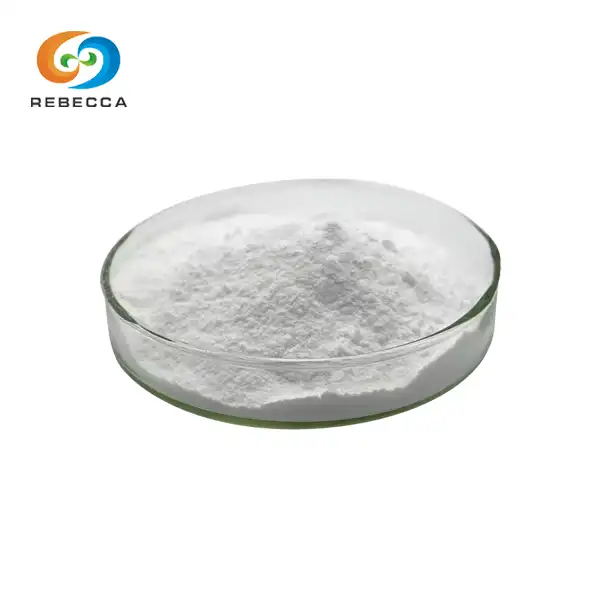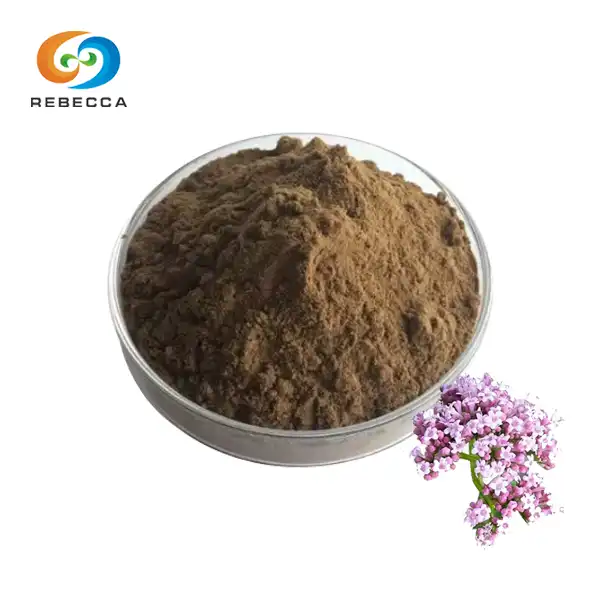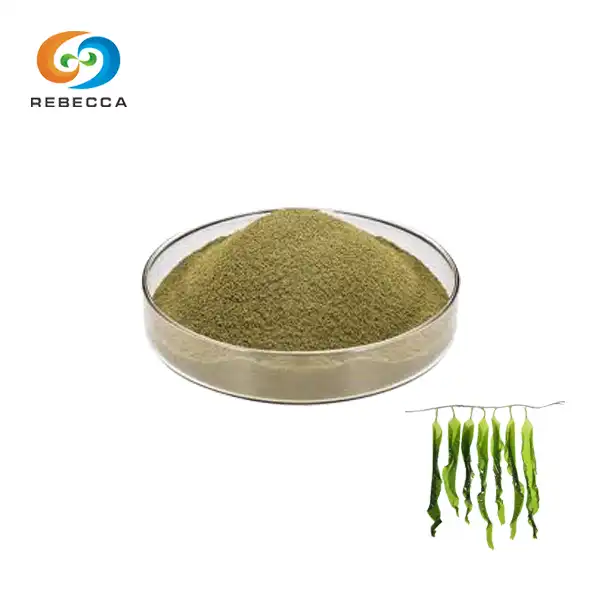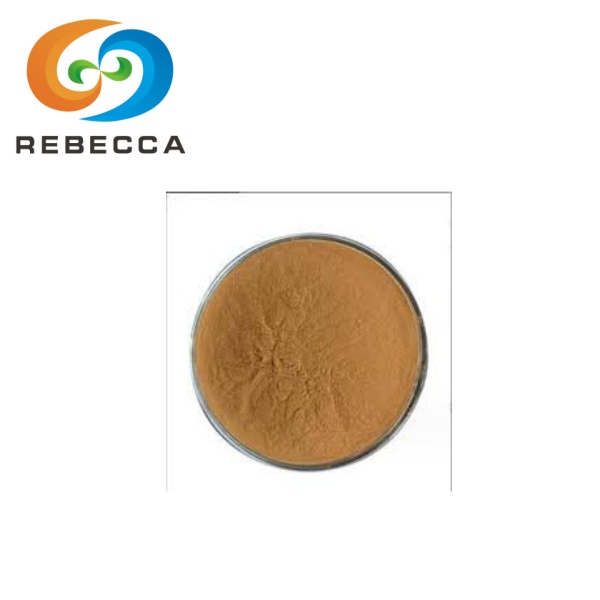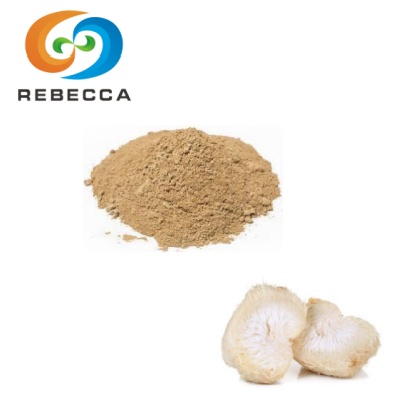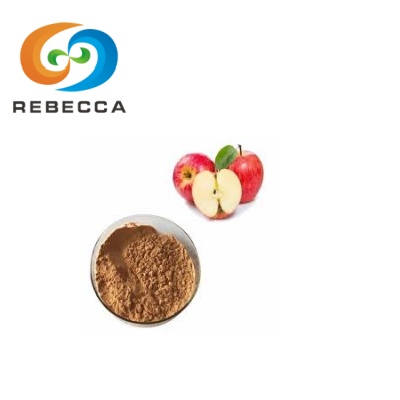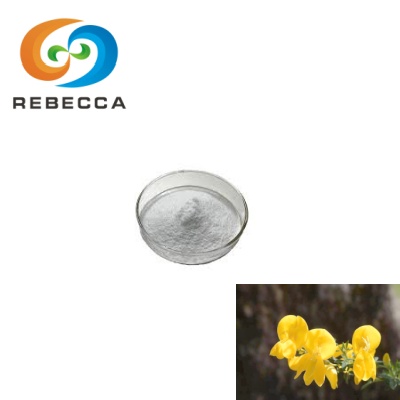How to extract lycopene powder from tomato?
Extracting lycopene from tomatoes involves a meticulous process that yields a potent, antioxidant-rich powder. The journey from fresh tomatoes to lycopene extract powder requires careful preparation, efficient extraction techniques, and precise purification methods. This process typically includes selecting high-lycopene tomato varieties, drying the fruits, disrupting cell structures, employing suitable solvents, and utilizing advanced purification technologies. By following these steps, it's possible to produce a concentrated form of lycopene that can be used in various health supplements, functional foods, and cosmetic applications.
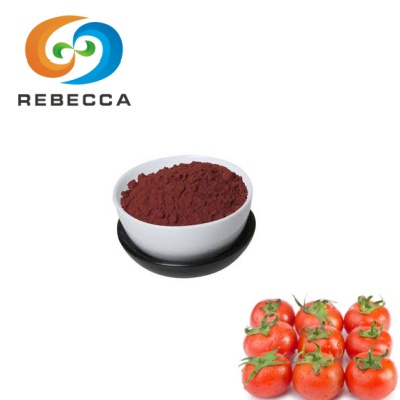
English name: tomato extract
Latin Name: Lycopersicon esculentum
CAS No.: 502-65-8
Molecular formula:C40H56
Molecular Weight: 536.88
Active ingredients: lycopene
Specification: 5%~98%
Use Part : fruit
Appearance: Dark red powder
Mesh size:80 Mesh
Test Method: HPLC
Prepare and Dry Ripe Tomatoes
Select High-Lycopene Tomato Varieties for Extraction
The foundation of high-quality lycopene extract powder begins with selecting the right tomato varieties. Certain cultivars, such as Roma, San Marzano, and Tangerine tomatoes, are known for their elevated lycopene content. These varieties often have deeper red hues, indicating a higher concentration of the carotenoid pigment. It's crucial to choose fully ripe tomatoes, as lycopene levels increase significantly during the ripening process. Agricultural researchers have developed tomato breeds specifically for their lycopene-rich profiles, which can yield up to 50% more lycopene than standard varieties.

Wash and Slice Tomatoes for Optimal Drying Process
Once the appropriate tomatoes are selected, they must be thoroughly washed to remove any dirt, pesticides, or contaminants that could interfere with the extraction process. After washing, the tomatoes are sliced into uniform pieces, typically about 1/4 inch thick. This uniform size ensures even drying and maximizes the surface area exposed to heat, which is crucial for efficient moisture removal. Some processors opt to remove the seeds and gel-like locular cavity contents, as these parts contain less lycopene and can introduce unwanted compounds into the final extract.
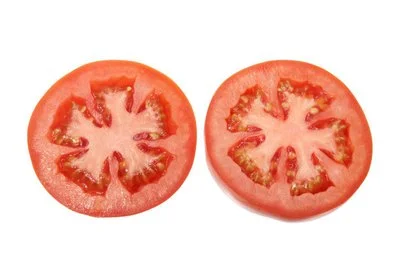
Use Dehydrator or Oven to Remove Moisture Content
Drying is a critical step in the lycopene extraction process. Industrial-scale operations often use large dehydrators that can control temperature and airflow precisely. For smaller batches, convection ovens can be effective. The ideal drying temperature ranges from 40°C to 70°C (104°F to 158°F). Higher temperatures can degrade lycopene, while lower temperatures may not remove moisture efficiently. The drying process typically takes 8-12 hours, depending on the tomato variety and slice thickness. The goal is to reduce the moisture content to less than 10%, which concentrates the lycopene and prevents microbial growth during storage. Proper drying not only preserves the lycopene but also makes the subsequent extraction process more efficient.

Disrupt Cells and Extract
Grind Dried Tomatoes into Fine Powder for Cell Disruption
After drying, the tomato slices are ground into a fine powder. This step is crucial for maximizing lycopene yield as it breaks down the cellular structures that house the carotenoid. Industrial-grade grinders or milling machines are used to achieve a consistent particle size, typically aiming for 80-100 mesh. The finer the powder, the greater the surface area exposed to the extraction solvent, leading to more efficient lycopene release. However, extremely fine powders can sometimes cause filtration issues later in the process, so a balance must be struck.
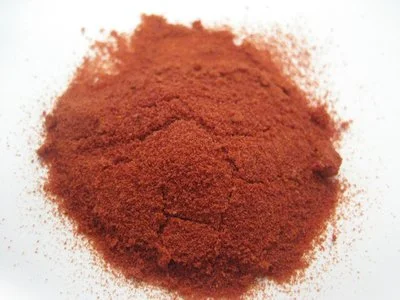
Choose Appropriate Solvent for Lycopene Extraction
Selecting the right solvent is critical for effective lycopene extraction. Due to lycopene's lipophilic nature, non-polar organic solvents are most effective. Common choices include hexane, ethyl acetate, and supercritical CO2. Each solvent has its advantages: hexane is highly efficient but requires careful handling due to its flammability; ethyl acetate is less toxic and more environmentally friendly; supercritical CO2 is the cleanest option but requires specialized equipment. The choice of solvent can impact the purity and yield of the final lycopene extract powder, as well as its suitability for different applications in the food and supplement industries.

Apply Heat and Agitation to Maximize Lycopene Yield
To optimize lycopene extraction, a combination of heat and agitation is applied. The tomato powder is mixed with the chosen solvent in a temperature-controlled vessel. Gentle heating, typically between 40-60°C (104-140°F), helps to increase the solubility of lycopene in the solvent. Continuous agitation ensures thorough mixing and prevents the powder from settling. This process can last several hours, with some industrial methods employing multiple extraction cycles to maximize yield. The duration and intensity of heat and agitation must be carefully controlled to prevent lycopene degradation while ensuring maximum extraction efficiency.
Purify and Store
Filter and Concentrate Lycopene Extract Solution
After extraction, the lycopene-rich solution must be separated from the solid tomato residue. This is typically achieved through a series of filtration steps, starting with coarse filters to remove larger particles, followed by finer filters or centrifugation to eliminate smaller impurities. The resulting clear solution is then concentrated using rotary evaporation or thin-film distillation. These processes gently remove the solvent, leaving behind a concentrated lycopene extract. The concentration step is performed under reduced pressure and at controlled temperatures to prevent thermal degradation of the lycopene.
Use Chromatography for High-Purity Lycopene Isolation
For applications requiring high-purity lycopene, such as pharmaceutical-grade ingredients or standardized supplements, additional purification steps are necessary. Column chromatography is a common method used to isolate lycopene from other carotenoids and plant compounds. Silica gel columns are often employed, with a mixture of organic solvents as the mobile phase. The different affinities of compounds to the stationary and mobile phases allow for the separation of lycopene from impurities. Advanced techniques like high-performance liquid chromatography (HPLC) can achieve even higher levels of purity, often exceeding 95% lycopene content in the final extract.
Store Lycopene Extract Powder in Dark, Cool Conditions
Proper storage is crucial to maintaining the stability and potency of lycopene extract powder. The purified extract is typically spray-dried or freeze-dried to produce a fine powder. This powder is extremely sensitive to light, heat, and oxygen, all of which can cause degradation of the lycopene molecules. To preserve quality, the powder should be stored in opaque, airtight containers. Ideal storage conditions include temperatures below 20°C (68°F) and relative humidity less than 60%. Some manufacturers add antioxidants like vitamin E or rosemary extract to further protect the lycopene from oxidation. When stored correctly, high-quality lycopene extract powder can maintain its potency for up to two years.
Extracting lycopene from tomatoes is a sophisticated process that requires attention to detail at every stage. From selecting the right tomato varieties to employing advanced purification techniques, each step is crucial in producing high-quality lycopene extract powder. The resulting product offers concentrated antioxidant properties that can be utilized in various health-promoting applications. As research continues to unveil the potential benefits of lycopene, the demand for efficient and pure extraction methods is likely to grow, driving further innovations in this field.
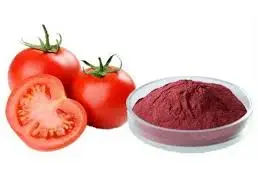
Lycopene Extract Powder Manufacturer
Shaanxi Rebeccia stands at the forefront of lycopene extract powder production. Our state-of-the-art facility boasts cutting-edge extraction, separation, and purification equipment, all operated under stringent GMP and ISO standards. We maintain unwavering quality control throughout the entire process, from raw material sourcing to final product delivery, ensuring the utmost safety and efficacy. Our product specifications include a CAS No. of 502-65-8, molecular formula C40H56, and molecular weight of 536.88. We offer lycopene concentrations ranging from 5% to 98%, derived from carefully selected tomato fruits. Our dark red powder, with an 80 mesh size, undergoes rigorous HPLC testing to guarantee purity and potency. For inquiries about our botanical extracts, contact us at information@sxrebecca.com.
References
- Shi, J., & Le Maguer, M. (2000). Lycopene in tomatoes: chemical and physical properties affected by food processing. Critical Reviews in Food Science and Nutrition, 40(1), 1-42.
- Naviglio, D., Caruso, T., Iannece, P., Aragòn, A., & Santini, A. (2008). Characterization of high purity lycopene from tomato wastes using a new pressurized extraction approach. Journal of Agricultural and Food Chemistry, 56(15), 6227-6231.
- Egydio, J. A., Moraes, Â. M., & Rosa, P. T. V. (2010). Supercritical fluid extraction of lycopene from tomato juice and characterization of its antioxidation activity. The Journal of Supercritical Fluids, 54(2), 159-164.
- Strati, I. F., & Oreopoulou, V. (2011). Effect of extraction parameters on the carotenoid recovery from tomato waste. International Journal of Food Science & Technology, 46(1), 23-29.
- Lenucci, M. S., Caccioppola, A., Durante, M., Serrone, L., Leonardo, R., Piro, G., & Dalessandro, G. (2010). Optimisation of biological and physical parameters for lycopene supercritical CO2 extraction from ordinary and high‐pigment tomato cultivars. Journal of the Science of Food and Agriculture, 90(10), 1709-1718.
